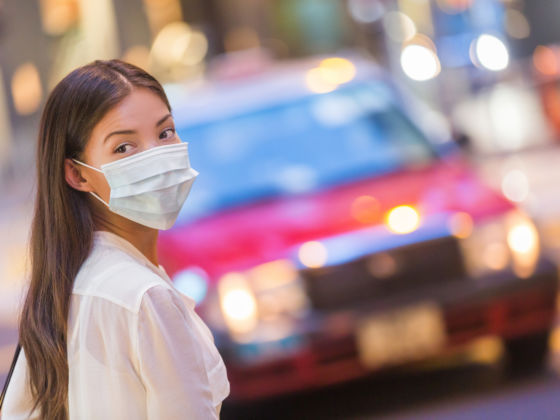Do you think tropical diseases only occur in developing countries? Think again.
The World Health Organization (WHO) says diseases are spreading to temperate regions thanks to global warming.
Warmer temperatures and greater moisture extend the geographic range and season for disease-vector organisms such as insects and rodents. Below are diseases that could have you feeling the sting of global warming.
